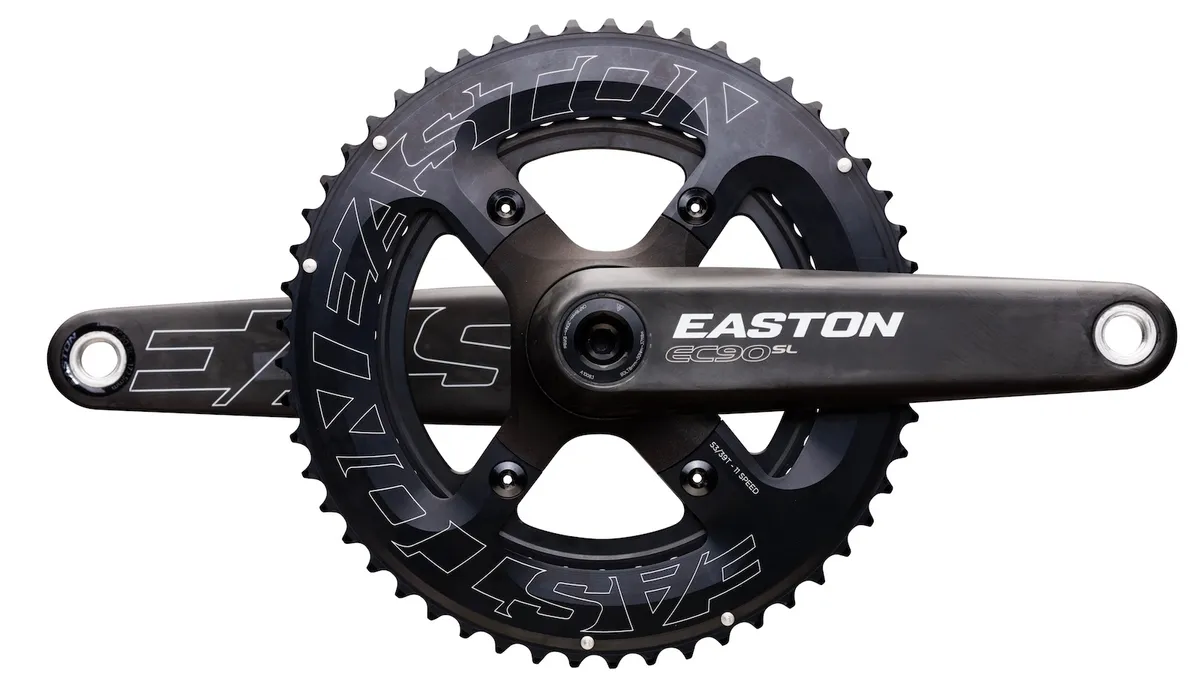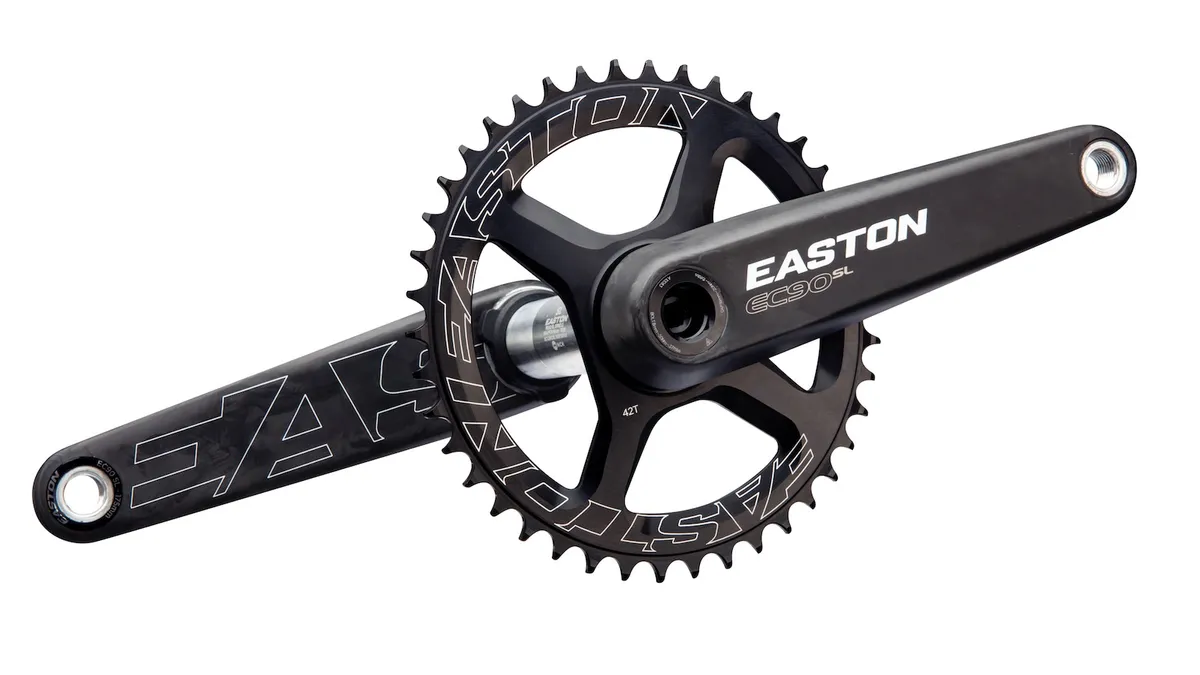The new CINCH Power Meter is a standout in a crowded power meter market - delivering all the must-haves in a tidy and lightweight package.
The new CINCH power meter is compatible with 1x and 2x systems; is road, mountain and cyclocross compatible; works with Easton and Race Face cranks; and is hidden inside the spindle for durability and clearance for chainstays or swingarms. On top of that, the entire system came in at 642g (175mm arms, 110mm spider, 50/34 rings, alloy bolts, 129mm spindle and all necessary mounting hardware).
Claimed CINCH power meter facts:
- Power Accuracy +/- 2%
- Cadence and pedal efficiency data
- Bluetooth & ANT+ compatibility
- 400-hour battery life
- USB rechargeable
- “Travel mode” for saving battery life
- CINCH 1x or 2x compatible
- Fits Next SL G4, Next G3, Next R (new) and Turbine systems
- Compatibility with BSA 68/73, BB92/89, PF30 68/73
- App for iPhone or Android
Double dipping
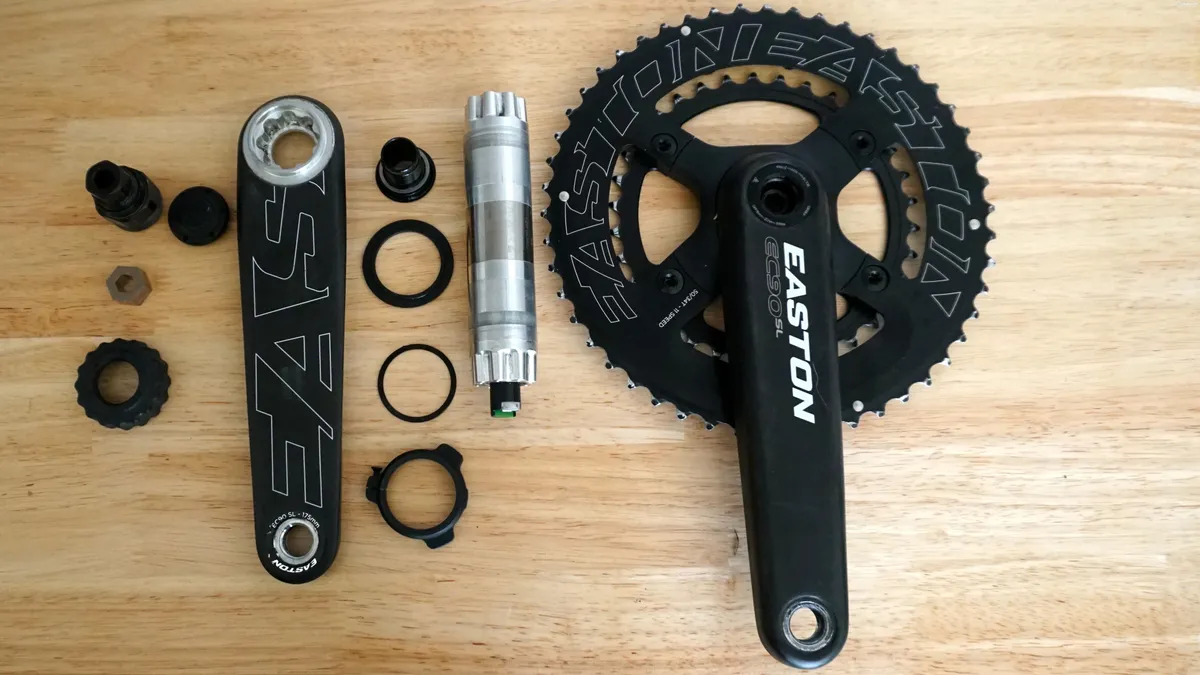
The new power meter is a spindle-based system that’s compatible with Easton and Race Face CINCH-compatible cranks. The spindles are the same (except for length), as is the mounting interface. Only the crank arm q-factors and carbon construction differ.
Despite the fact that I already own a CINCH crank, it was still unclear exactly what that term meant. Simply put, it’s a compatibility protocol. CINCH consists of spindles, arms and chainrings that allow riders to create a la carte solutions. Pick the spindle length you need, choose your arm length and material (carbon or alloy), and then choose your 1x or 2x chainring set up. It’s a “cinch”. Got it.
Adding brain power and mystery
The brands worked with a Danish company for external competencies regarding the strain gauges and electronics inside the spindles. However, Easton and Race Face were tight-lipped when pressed for more details.
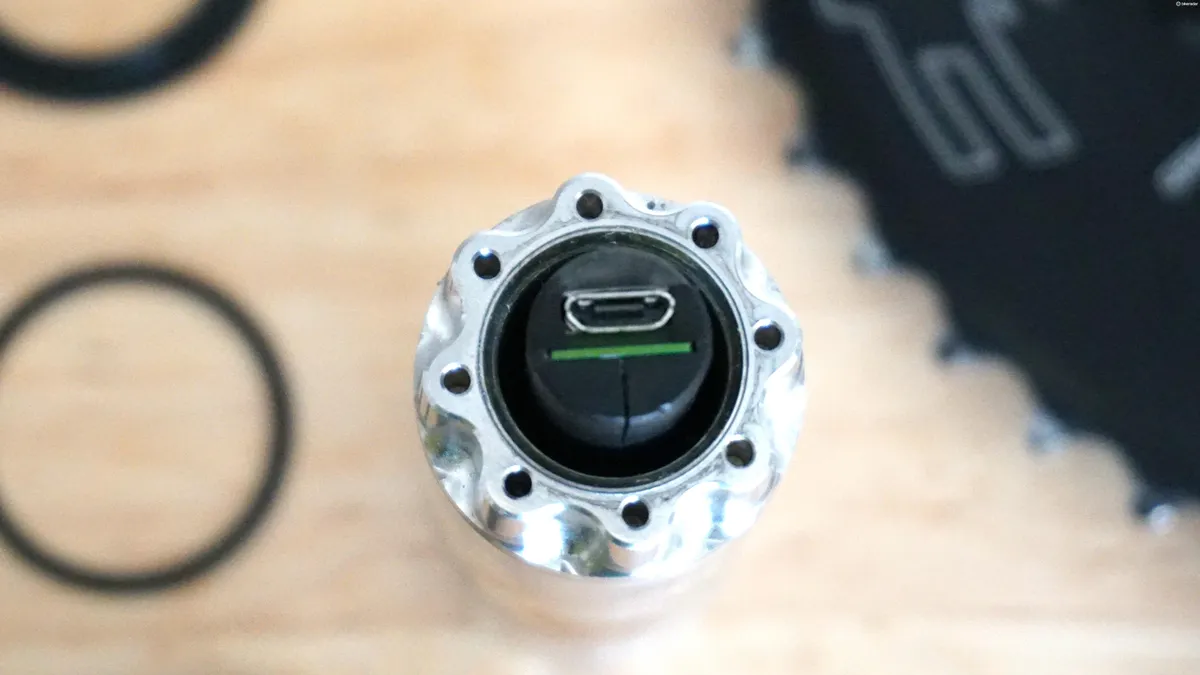
It’s unclear what the backstory is for their hesitation. Although neither company is known for their electronic innovations, it's clear that the Cinch power meter is a legitimate system.
Better than your crankarm meter?
The new CINCH meter is similar to Stages and 4iiii systems already on the market, in that it measures left-sided only. But what makes it unique is that it’s not taking up any space on the crankarm, which is important because clearance can be a major challenge with a lot of mountain frames.
In addition to freeing up space, the new system doesn’t rely on coin batteries. The USB-rechargeable system goes for a claimed 400 hours, which has proven quite accurate. I've accrued nearly 130 hours on the system and it's holding at 70% battery life, according to the app.
The system has an auto-wake mechanism when the crank rotates. That's nothing new, but what is kinda cool is that if you’re traveling and for whatever reason find your crank rotating, you can prevent the battery from draining by putting the system to sleep via a smartphone app.
To turn it back on, just plug the micro-USB charger in to the unit and it snaps out of its restful state. The riders I know looking at components like this don’t use trunk racks that allow rotating wheels and such, but Easton / Race Face mentioned this feature several times so it's clearly something they’re proud of. Anything worth doing is worth doing right the first time, I suppose.
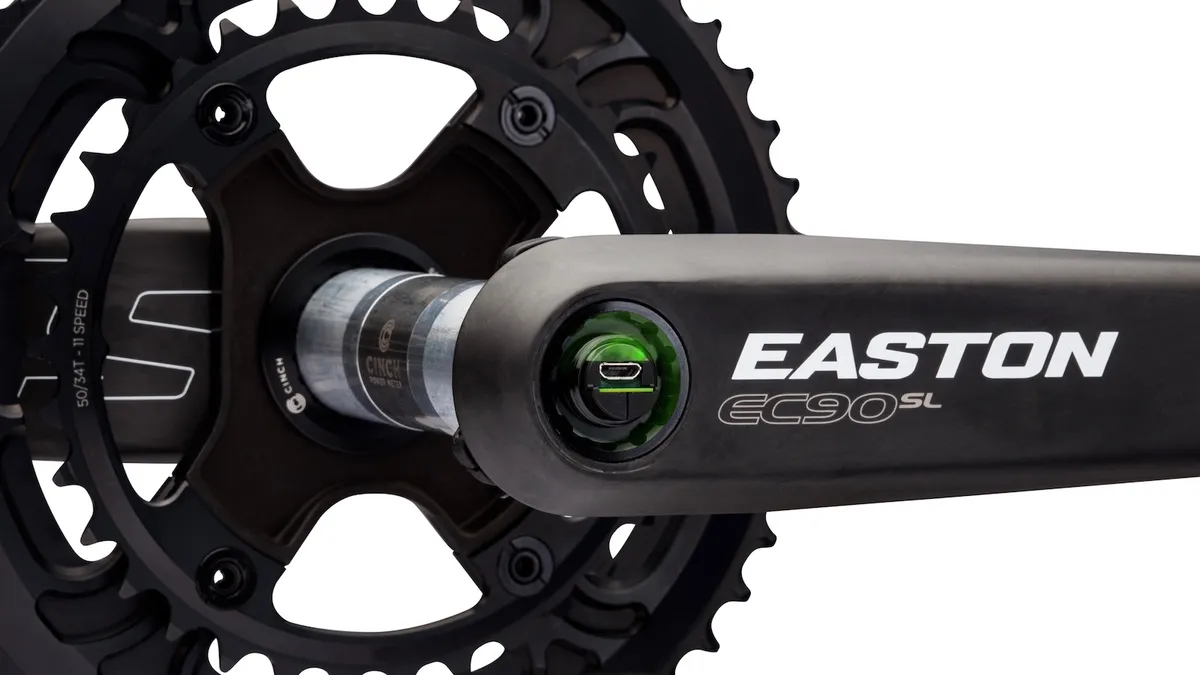
Easton / Race Face also claim a ± 2% accuracy for the new system, which is on par with just about any system available.
Thanks to the arm q-factor and spacing, the Easton system can also be used single-ring if you choose
Although the companies didn’t go in to a lot of detail, they did talk about pedaling efficiency and pedaling smoothness. Despite the fact that I take issue with the use of the word ‘efficiency’ in terms of pedaling, creating an algorithm for pedaling smoothness is no easy task for a single-sided system.
We didn’t have the time to dig too deep in to this claim, although it appeared that this knowledge lies within the Danish company behind the green curtain. However, the past few months of use have offered a bit of insight and thankfully within the app there's only 'effectiveness' as a metric. This is fortunate because my inner biomechanist takes issue with treating efficiency and effectiveness interchangeably - they aren't the same.
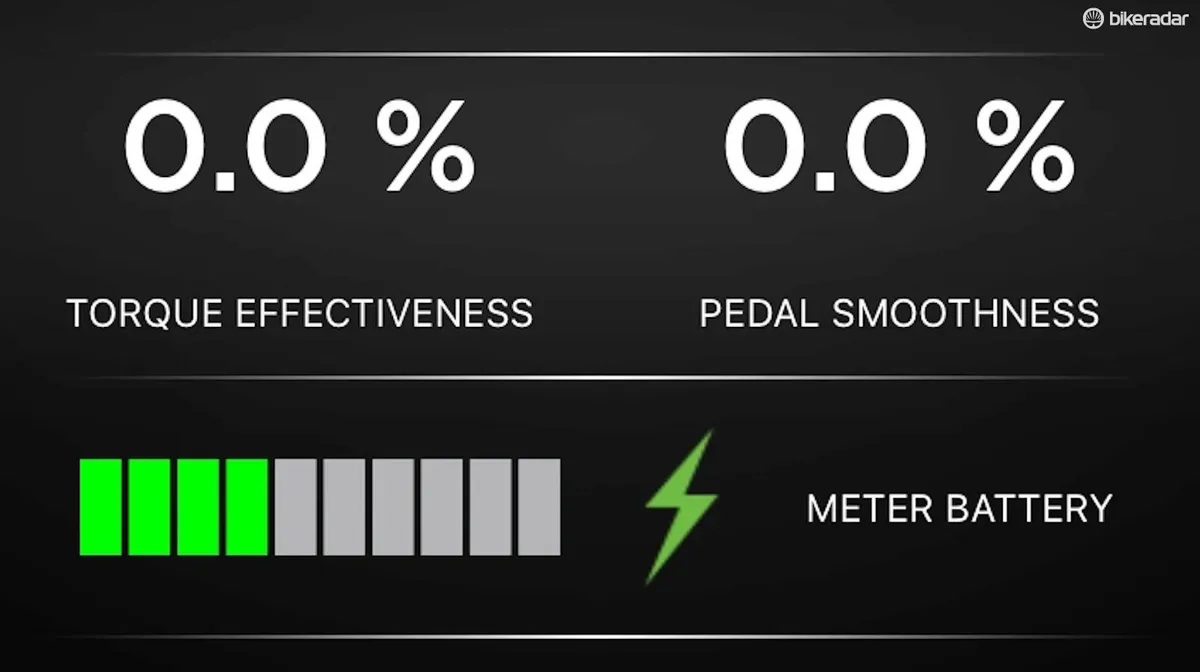
Semantics aside, the question is, does it work? Well, I had nothing to measure against, but using the app with the bike on a trainer allowed me to tinker to the point of getting the pedal effectiveness and pedal smoothness data. All I can really say is that it seemed to work - when I purposefully pedaled poorly, it told me I was doing so. But I'm not one to dwell on how I pedal because it's a yet-to-be-understood science, and I've got plenty of other places to search for speed, so I may not be the best judge.
1x or 2x (that actually shifts)
On the Race Face side of things, most riders are looking at a single-ring set up and will be comfortable with the already proven direct-mount (DM) system. The beauty there is that if you’re in love with rings other than Race Face, like an Absolute Black Oval, you can stick with what you know as long as it’s DM. It’s the same mounting system that generation 3 and 4 Next cranks have been using.
When it comes to the Easton model, there’s a bit more to the news than just a power meter; there's a direct-mount 110mm bolt pattern spider and single wide/narrow chainrings, too.
Wait, wait — don’t scoff just yet! The 2x actually shifted great. They aren’t quite Shimano precision, but they aren’t far off. I've put 1,800-ish miles (2900km) on the system and have purposefully tried to create shifting havoc. Through hundreds of miles of cross-chaining, dumping to the little ring in the middle of steep pitches, trying to throw it up to the big ring when in the tallest cog in the rear - if you can think of what to not do with front shifting, I've done it. Despite my best efforts, I never once missed a shift.
Additionally, this was all on a mechanical system. So there wasn’t the benefit of an electronic motor forcing shifts, which can to some extent make any drivetrain shift well.

Thanks to the arm q-factor and spacing, the Easton system can also be used single-ring if you choose, taking us back to the somewhat self-explanatory nature of CINCH nomenclature. But regardless of what they call it, compatibility is ideal if you are a road and ‘cross rider.
The systems come with all the tools required for light maintenance: a small tool to remove the cover on the non-driveside (for access to the USB port); and another to remove the crank arms (similar interface as a traditional crank puller). The cover tool is high-density resin for hand-tight application, while the crank arm tool is metal due to high torque requirements. I've used them both and each is user friendly regardless of your mechanical aptitude.
p.p1 {margin: 0.0px 0.0px 0.0px 0.0px; font: 14.0px Arial; color: #333333; -webkit-text-stroke: #333333; background-color: #ffffff} span.s1 {font-kerning: none} span.s2 {text-decoration: line-through ; font-kerning: none} span.s3 {font-kerning: none; color: #ff0000; -webkit-text-stroke: 0px #ff0000} span.s4 {font-kerning: none; color: #ff0000; background-color: #fffefe; -webkit-text-stroke: 0px #ff0000}
Accuracy and reliability
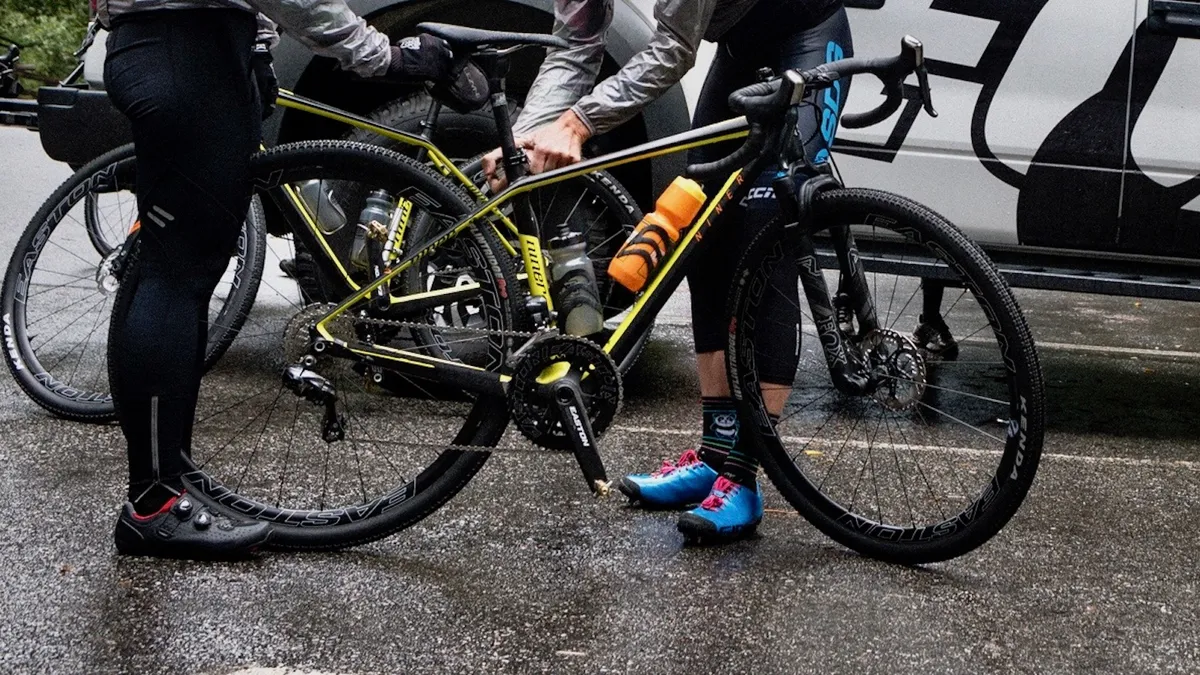
In terms of the data output, Easton / Race Face claim to have benchmarked the new CINCH meter against all the industry standards like SRM. For the most part I only care about day-to-day repeatability with a power meter. But I do have more than one system on bikes so it's important to understand what I'm working with.
I compared the CINCH unit and a Stages Ultegra using a CycleOps Hammer. All three systems gave nearly identical outputs over a 1.5-hour pre-programmed workout through the Hammer's CVT app. The tricky part of my evaluation was that I had to assume that CycleOps and Garmin Connect have some sort of similar algorithm for determining normalized power. Assumption aside, the Stages and Hammer were identical at 229 watts normalized on ride #1. Meanwhile the Cinch power meter and Hammer provided 233 and 235 watts, respectively, on ride #2. This test is not without flaw, but given that each of the meters provided a matching workload to the 'baseline' Hammer, it seems as though everything is up to snuff.
Easton and Race Face also have access to environmental stressing systems within their engineering departments and assured us that the sealed nature of the meter will prevent any unwanted issues with water or grime. For the past year they leveraged the Silber Pro Cycling team to look for durability and you know those bikes saw a power washer. (And no, don’t power wash your bike.)
The test sample I've been riding has been submerged on multiple occasions in creek crossings, and has seen the power washer more than a handful of times. While I don't condone this type of abuse, there's not been any signs of moisture or corrosion in the system. It appears their internal testing team has earned its paycheck.
Pricing and availability
Easton models of the CINCH meter are available now. Race Face said the MTB versions should be ready soon, with final touches on the algorithm in the works. We'll update with information on the availability as it comes.
Evaluating the pricing can be difficult because it's a system - do you need a new crankset, or just a spindle?
Adding a new left crank arm would be synonymous to adding the power spindle to a CINCH compatible crankset you already own, in which case the pricing is about $50 less than a Stages Dura-Ace. Clearance and battery life tilt to the CINCH in this comparison.
As for full cranks, the Rotor INPower and Sram Quarq systems are good comparisons. The Rotor system comes in at $1500 and the Quarq system is $1350, but neither come with chainrings at those prices. However, both claim to measure left and right output, which is certainly a more expensive approach. Aside from the dual-sided benefit those systems offer, I feel the CINCH takes the win thanks to it's compatibility in chainring and direct-mount options.
My experience is that I've found a new favorite power meter and will be running this on road and 'cross bikes. And when the Race Face version is ready, it'll go on to my MTB. Yeah, to replace all the systems I've had in the past is not inexpensive, but I like it that much.
- CINCH Power Meter with EC90 SL Crank Arms: $949.99 (£1,199.99)
- CINCH Power Meter with Next R Crank Arms: $1149.99 (UK - sold as separate items)
- CINCH Power Meter 129 or 134mm Spindle (w/o cranks): $599.99 (£769.99)
- EC90 SL 1x Direct Mount ring (38T-50T in even increments): $74.99–$94.99 (£79.99-96.99)
- EC90 SL 2x Chainrings (53/39, 52/36, 50/34) with spider: $149.99 (£ 159.99)
- EC90 SL Cranks (w/o rings): $399.99 (£ 339.99)
- Easton BB: $49.99 (£ 59.99)
